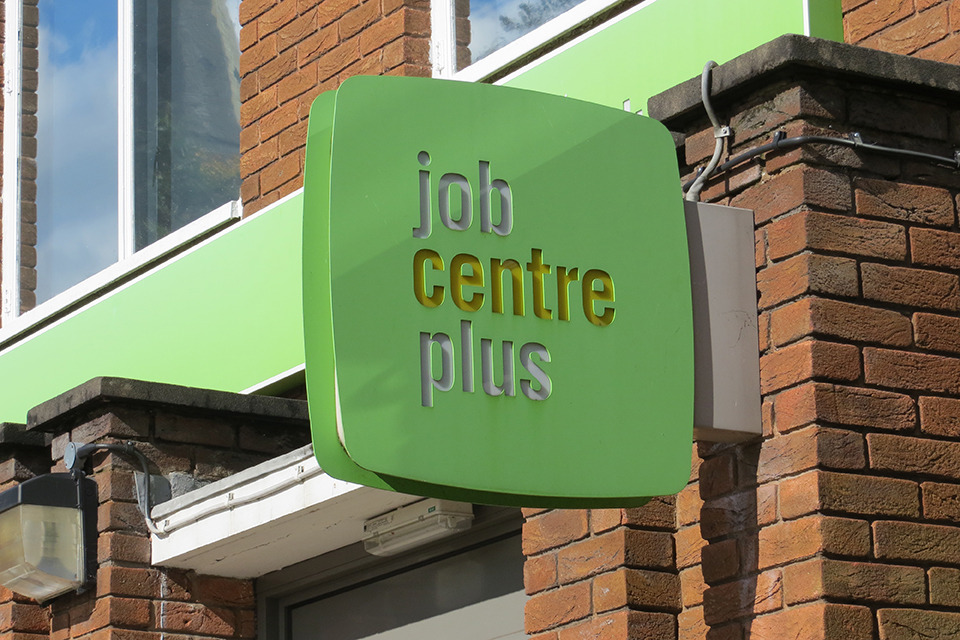Digital agency looks to bring emissions caused by its online services down to zero
Credit: Prawny from Pixabay
The Government Digital Service has estimated that the annual carbon dioxide (CO2) emissions caused by its online services is about the same as “a village of 400 homes”.
In a blog post, GDS explained that, earlier this year, it established a staff Sustainability Network and sought to calculate the greenhouse gas emissions produced by its digital services – which it had identified as the likely “largest source” of CO2 caused by its operations.
“Websites like GOV.UK stay up and running thanks to thousands of computers in datacentres. These computers are powered by electricity, which is a potential source of CO2, depending on how it’s produced,” said the blog, which was written by GDS senior product manager Emily Labram and senior site reliability manager Will Pearson.
Related content
- Government suppliers to be asked to demonstrate sustainability
- Cloud hosting ‘critical’ to sustainability, says Defra CTO
- Government launches £20m contest for agriculture technology
GDS’s three main hosting providers – Amazon Web Services, UK Cloud, and Carrenza – were all asked to provide information on how much electricity was used by them in hosting the digital agency’s services.
Only UK Cloud supplied the requested information, with GDS making its own estimates for the electricity used in its engagements with the other two firms.
“We want to host our services in the most sustainable way we can. So, we need to know how much CO2 is actually produced per kilowatt of electricity, per datacentre,” the blog said. “Hopefully, our hosting providers will provide this data soon, now that Amazon has announced new commitments to measure and reduce emissions.”
Based on its estimations, GDS calculated that the annual CO2 emissions attributable to its online services could be anywhere up to 4,000 tonnes per year. This is about the same as 400 houses or 770 cars, it said, and that digital services are “almost certainly GDS’s largest source of emissions”.
“We are keen to find ways to bring it down to zero, in order to meet our commitments,” the blog said. “Over the next year, we’d like to work with colleagues across government to: reduce the electricity we need to run our services – for example, by making our digital services more efficient; keep asking our providers for better data to help us develop guidance on the most sustainable data centres by region and country; [and] update the Service Manual’s guidance – ‘Deciding how to host your service’ – based on what we learn.”



